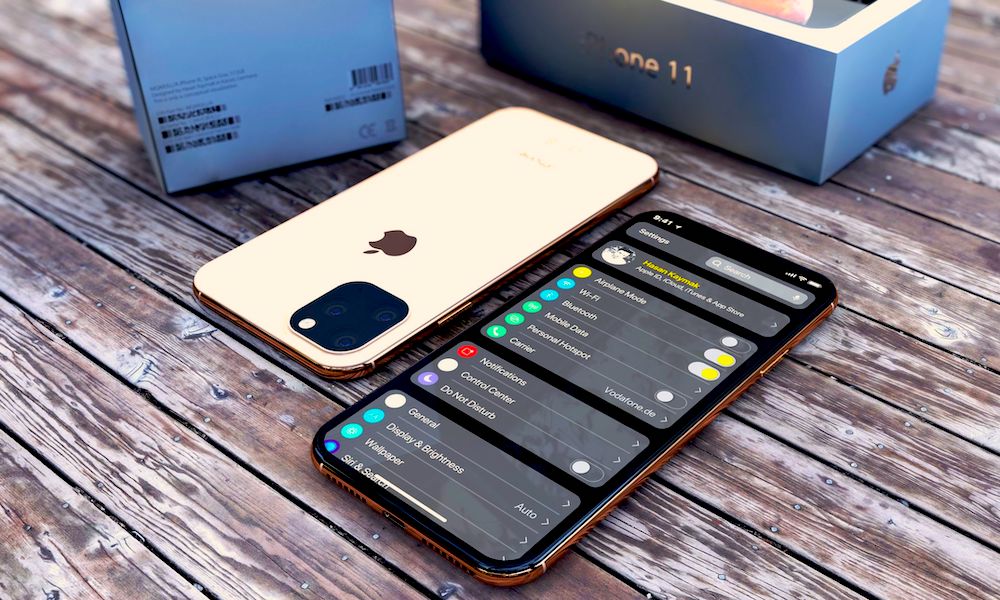Take Advantage of Second-Screening with Complementary TV & Mobile Ad Strategies

April 18, 2019 | Article written by Naomi Rabbie
As distractible television audiences turn to their smartphones during commercial breaks, advertisers are scrambling to keep pace in an ever-evolving mobile world. But here’s the good news: More than half of U.S. adults are receptive to mobile ads while watching TV, according to a new survey by mobile ad firm Aki Technologies.
The Mobile Ad Receptivity Study not only sheds light on the television viewing and mobile habits of today’s consumers. It points to a profitable path forward where these two technologies converge for an even richer advertising experience.
Why are Mobile & TV the Perfect Pair?
Receptivity
Second-screening takes the cake in terms of receptivity, with 59% of respondents saying they were receptive to mobile ads while watching TV. This is in comparison to receptivity to mobile ads while relaxing in bed before sleep (51%), eating a meal (36%), shopping (25%) and running errands (21%).
Recall
Of course, receptivity and recall are two entirely different things, and savvy advertisers might be worried about the distracting nature of second-screening. Surprisingly, though, among the activities listed above, mobile ad recall was found to be the highest while watching television. Millennials, Gen Xers and Baby Boomers all recall engaging with ads while watching television at a rate of 2.5-3 times greater than they did while in bed or eating a meal. Gen Z also had greater ad recall while watching TV, though the difference in recall while performing other activities was slightly lower.
Effectiveness
These finding are in line with a another study by media agency Media Com and tech company Viewers Logic, who found that second-screening actually improves advertising effectiveness, as viewers can react to ads immediately with internet access in the palm of their hand. In fact, second-screening increases response rate by a factor of 1.75.
Brand Matters
But it’s not only response-oriented campaigns that see an uptick in effectiveness. Brand image ads are also more effective among second-screeners, with those who viewed ads while second-screening being more brand aware, according to Media Com.
Perhaps unsurprising is the fact that established brands seem to have an edge over less familiar brands when it comes to mobile advertising, so marketers will want to adjust their strategies accordingly. Fifty-four percent of U.S. adults participating in the Aki Technologies survey named brand familiarity as the number one reason to pay attention to an ad on a smartphone, ahead of interesting creative (52%), good timing (41%) and brand coupons (41%).
What Does Second-Screening Mean for Marketers?
So, while advertisers continue to view distractibility as a plague upon the industry, perhaps second-screening is actually more an opportunity than a threat. As audiences become more and more attached to their mobile devices, the key becomes to engage in multichannel strategies that reach consumers wherever they may be, taking full advantage of the second-screen phenomenon. Integrating television and mobile advertising in this way hits consumers with a one-two punch that increases effectiveness on both channels, driving greater brand awareness and response rates.
Want to learn more about how you can benefit from complementary TV and mobile ad strategies? Get in touch: info@taptica.com.


